CPM Model Sailboats
J class rc sailboats, header content region, insert text, image or banner ads here, or just delete this text and leave this area blank.
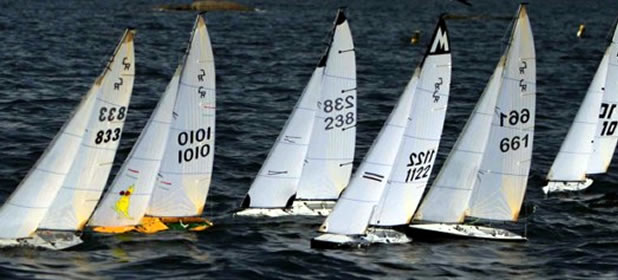
1/25 (36") Scale America's Cup high performance model sailboat
5ft Replica of the 1962 Americas Cup 12 Meter
45" Scale Model of the Olympic Star Boat

J Class Boat-Shamrock V
1/16 (8'-10')Scale Replica of the 1930's America's Cup Class Yacht
RMG Sail Winches
High Performance sail control winches

- Create as many news links as you need. News links are simple bullet lists.
This is where you would add your text, images, or advertising banner
2023 J Boat Down the River Race Aug 25th Info CPM is now producing the Shamrock V Original Plug and mold by Dave Brawner and Ranger mold and plug by Gary Mueler
Shamrock V and Range Fiberglass hulls, Rudders, Mast fittings.
Current prices for the Shamrock V are as follows Hull - $625.00 Rudder w/Shoe - $175.00 Ballast (3 Piece) - $200.00
Current prices for the Ranger are as follows
Hull - $700.00 Rudder w/Shoe - $175.00
SHAMROCK V BUILD SITE
Fully Built Ready to sail Shamrock V J boat cost estimate.
Shipping is additional
Are you interested in building a J Boat?
Take a look the Shamrock V Build Web site for all aspects of building a J Boat
SHAMROCK V BUILD SITE
Build queue Deposit Policy
To be placed into the CPM Build Queue a min deposit of $100 is required. Due to the custom nature of building fiberglass hulls and components this deposit is NON refundable.
J Boat Video's
J BOAT Photos and Construction
2011 J-Boat National Championships - Mystic, CT
CPM's David Ramos 2013 J-Boat National Champion sailing the Shamrock V
CPM's David Ramos 2014 J-Boat National Champion sailing the Shamrock V
CPM's David Ramos 2016 J-Boat National Champion sailing the Shamrock V
CPM's David Ramos 2018 J-Boat National Champion sailing the Shamrock V
CPM's David Ramos 2020 J-Boat National Champion sailing the Shamrock V
CPM's David Ramos 2022 J-Boat National Champion sailing the Shamrock V

Copyright © 2021. Chesapeake Performance Models LLC. All Rights Reserved..

AMYA Boat Classes
The Ten Rater is a medium-sized yacht with a reputation for speed. This development class is restricted by a simple formula of waterline length multiplied by sail area, multiplied by eight, to equal ten or less. As there are few restrictions, the class allows the greatest freedom for development and experimentation. 60-65" long.
The 36/600 has an appearance similar to the Marblehead yachts. This development class is restricted in overall length and sail area. While these yachts are commercially available, their simplicity also makes them a good choice for beginning builders. 36" long, 600 sq. inches sail area.
Also called "M" or "50/800". The Marblehead is a medium-sized yacht providing exciting performance and the ability to handle most sailing conditions if rigged properly. This development class is restricted in overall length and sail area. The Marblehead was considered the leader in the use of advanced construction materials and techniques. 50" long, 800 sq. inches sail area.
The Canterbury J originated in Christchurch, New Zealand, based on the J Class Ranger. A 48 inch Fiberglass hull and lead Keel both made from Class molds. Everything else can be made by the builder. Total weight of ready to sail boat is 14lbs 5oz.
The Columbia 42 is a semi-scale 12 meter model of the Sparkman and Steven's designed winner of the America's Cup. This boat was generally accepted as the best sailing of the 12's and also the best looking boat on the water.
The CR 914 is based on the original design of the International America's Cup Class.This one design class allows no variations in hulls, spars, sails or replacement parts. 36" (914mm) long, 658 sq. in. sail area, 6.25 lb displacement.
The DragonFlite 95 is a Restricted One Design boat that is meant to compete within a strict set of rules to ensure a true test of a skipper.s ability to tune their boat and race it well.
The DragonForce 65 is the fastest growing class of RC sailboats in the U.S. The boat has earned this distinction by being a great one-design sailing boat while being the least expensive ready-to-sail boat on the market. At around $300 for a boat with radio and receiver and about 2 hours of assembly and you're on the water.
Based on a 1962-63 vintage design for a full-size International 12 Meter. This medium-sized yacht's hull must be initially purchased from a licensed builder. Decks and sails are strictly controlled, purchased or made from scratch. Almost all other equipment is up to the owner. Approx 58" long.
One Design Class sanctioned in 2002. The Fairwind is built by One Manufacturer. The Kyosho Fairwind are 36" (900mm) long replicas of International Offshore Racing (IOR) yachts with cabins.
Sanctioned in 2006. Low cost, fun, easy to build class that puts to rest the theory that boats under 30" long don't sail well. 12" long (thus "Footy") is the smallest of the development class yachts.
The Infinity 54 is an original design expressly for model yacht racing. This one design class allows no variations in either original assembly or replacement parts. 54" long.
Sanctioned in 1998. The International One Metre is the fastest growing class in the world. The rules in this class are identical to those used throughout the globe. The class has a one-design rig and weight minimums, but the hull design is very much developmental. One meter long, with a sail area as large as a Marblehead. 39.37" long (One meter)
The J class yachts are 1/16 scale versions of the original 1930's J-boats only, making it the largest of all the RC yachts. These classic yachts recreate the style of yachting's Golden Era, on a grand but affordable scale. Approx. 85-95" long. The largest class in the AMYA, the "J" boat
Canterbury J
The Canterbury J Class model originates from the Christchurch Model Yacht Club in New Zealand in response to the problems the club members were experiencing sailing models with finned keels in weedy conditions, a problem that all model yacht skippers will be very familiar with and the Canterbury design is a practical solution that remains very relevant to current social and racing skippers today. The objective of this original design is for a model with good sailing manners, that can be easily transported, can be made at comparative low cost and that can be raced in a variety of conditions including weed.
The Nottingham version is the same model when built and is recognised as such in the UK but as the hull is not taken from an approved Canterbury mould cannot be raced against other Canterbury's outside the UK. If you intend to race outside the UK then you will need to buy a Canterbury.
The principal difference between the Canterbury and the Nottingham is that the ballast for the Canterbury is external, being bolted up to the bottom of the hull to complete the keel whereas the Nottingham version has the same ballast placed inside the hull, which is now a full moulding. The rudder is also slightly different as the lower rudder pintle is different on the Nottingham version and the Nottingham rudder has a small cut out to accommodate the shape of the pintle.
I n other respects the model is the same. The same internal woodwork and deck can be used, also the rigs are the same. Those clubs in the UK that race J will generally adopt the Canterbury Association Rules and a link to these rules is provided on this site.
The build process is slightly different in so far as fitting the ballast externally will require that filler is used to smooth the joint between the ballast and the hull and the hull will then require painting to finish.
This picture shows the ballast, the same for both the Canterbury and the Nottingham 48. The model builder will drill two holes in the bottom of the Canterbury moulding and bolt the ballast up to the hull. The trim weight fits inside the hull and the aluminium strip can be used to support a lifting handle on the deck.
I suggest that a layer of filler is applied to the bottom of the hull and which will be squeezed out as the bolts are tightened, this should avoid any air pockets.
at Whitefriars Sailing Club
J class boats
In 2020 we saw an interesting development with one semi scale 48inch Nottingham J class appear and sail regularly. Since then there have been some interesting discussions around the J class RC boats. In late 2020 an enterprising group of 5 club members decided to build 5 Lionheart J class 60 inch models and while it is a long term project for all of the builders at least 3 boats are within a few months of being on the water. As well we have just learnt that there are 5 new 48 inch Nottingham J class boats in build or on order. To date we know of 6 Nottingham 48s, 5 Lionheart 60 inch, plus a couple of historic boats including K class.
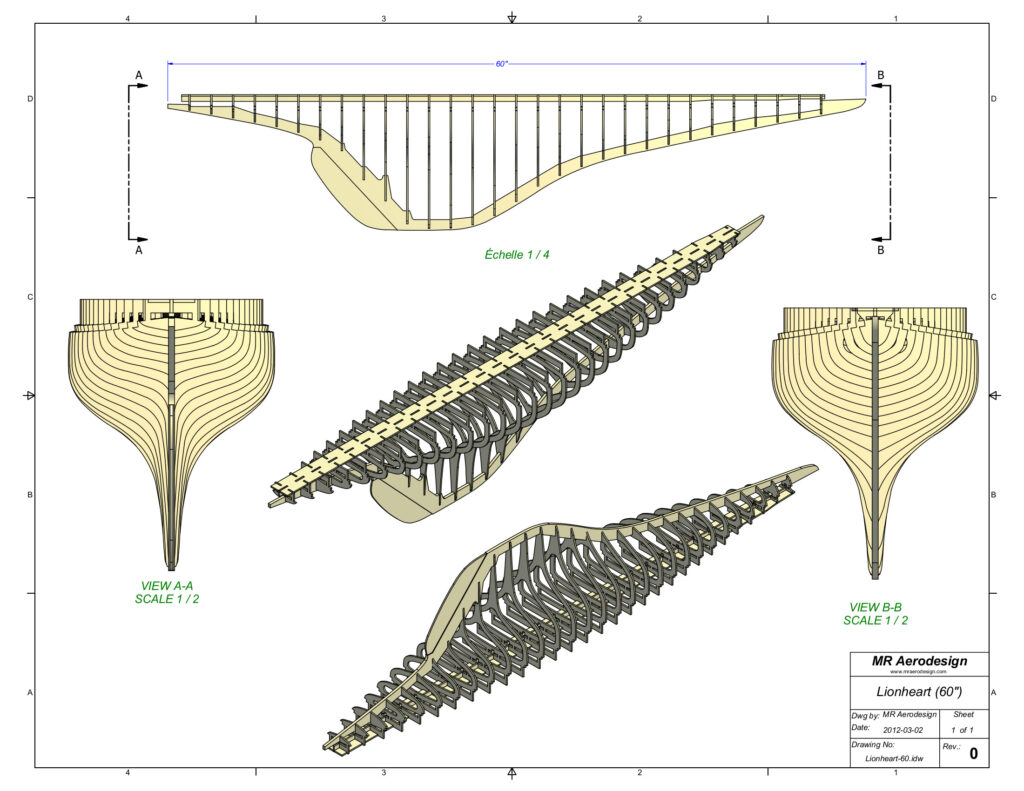
- Basket (USD $0) Checkout
Refine Products
Display model or model kit, product difficulty, product hull type, r/c compatible, product scale, vessel types, manufacturers, j class yacht models.
Showing all 22 results
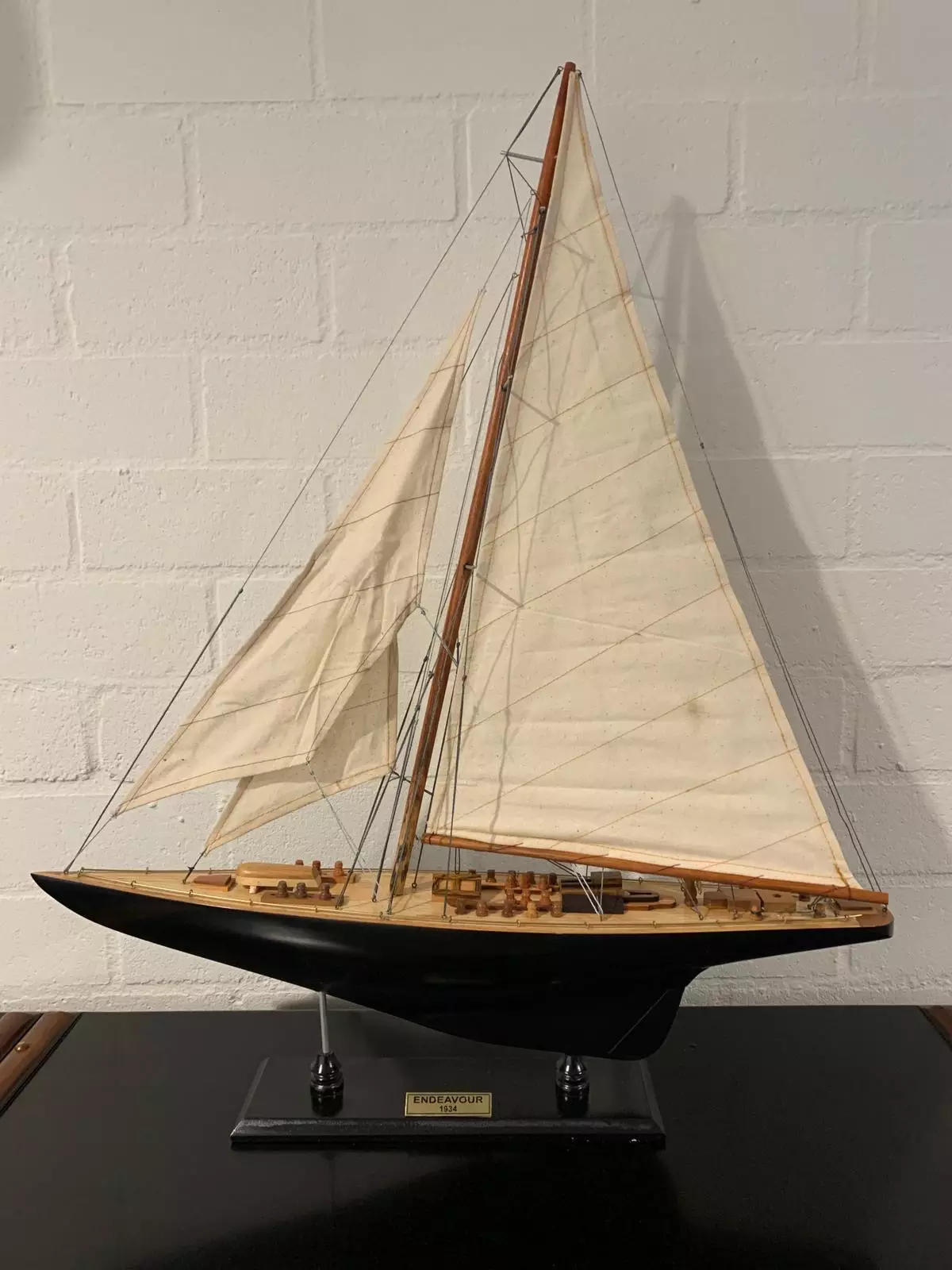
Endeavour Model Yacht Black / White (Standard Range) – AM (AS155)
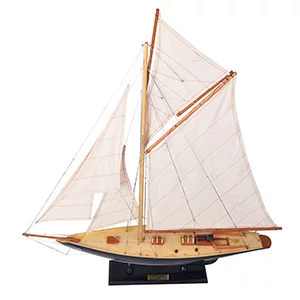
Pen Duick Model Yacht (Standard Range) – AM (AS053)
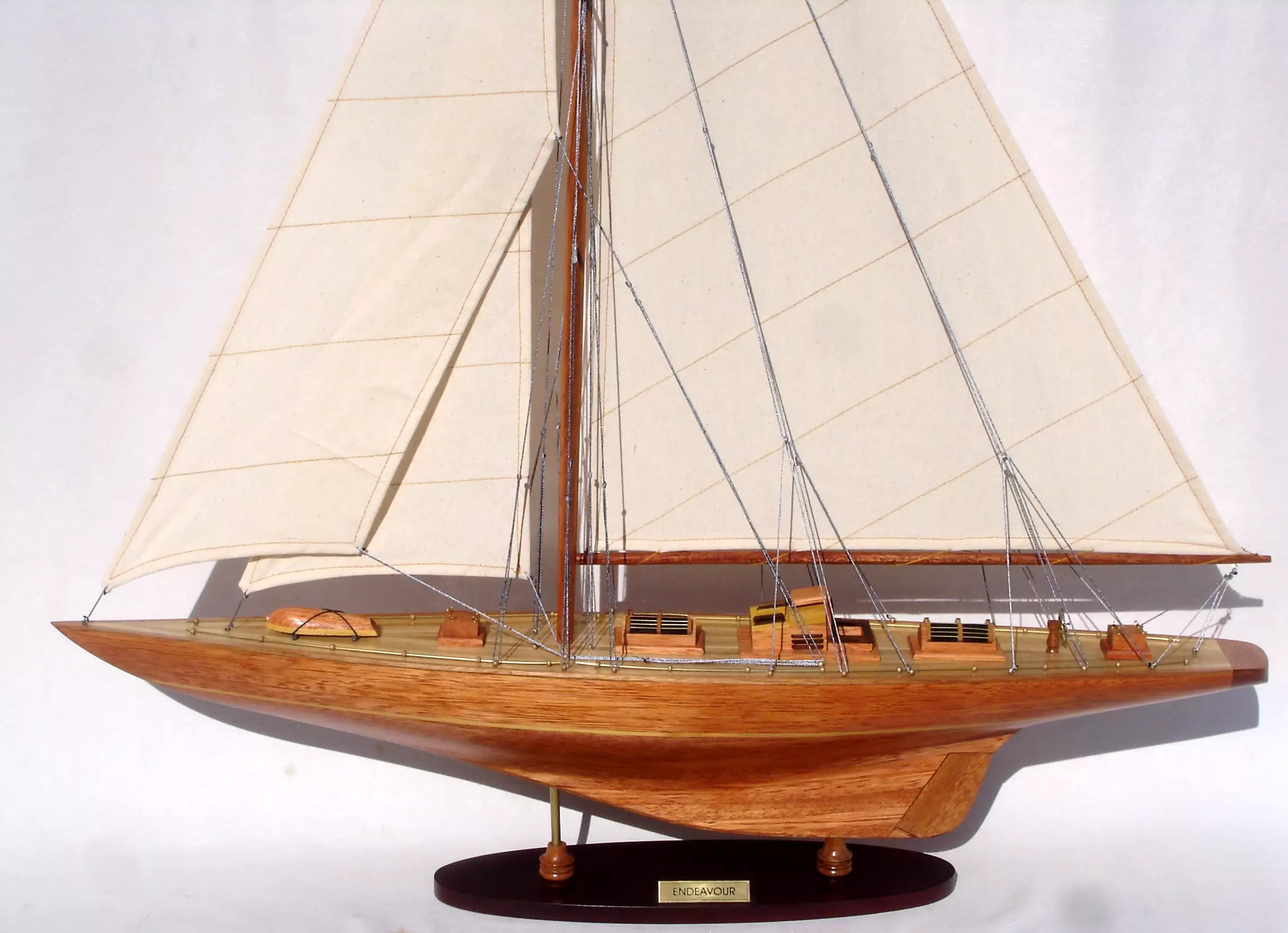
Endeavour Model Yacht (Standard Range) – GN
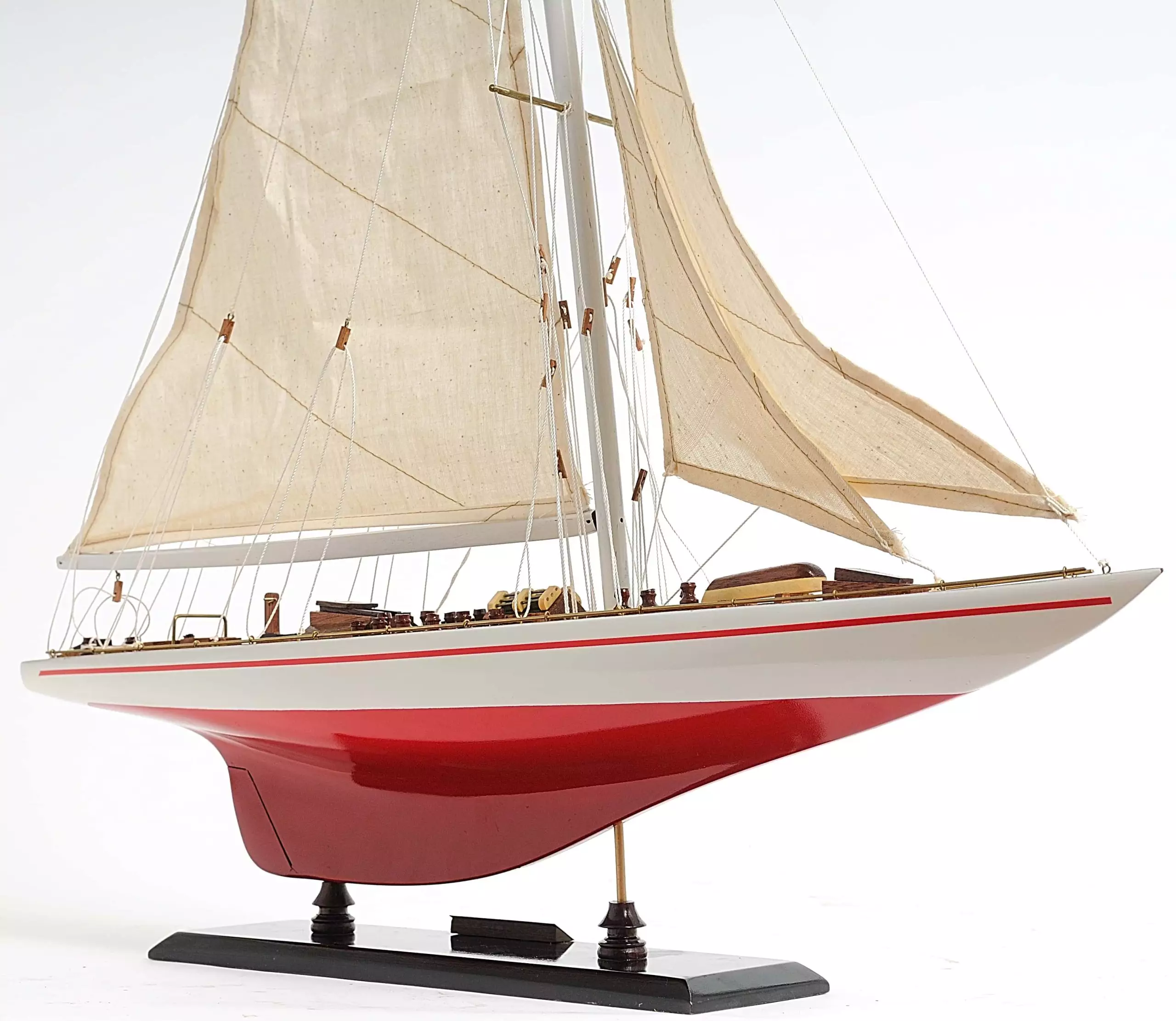
Endeavour Yacht Painted 24 Model Ship – OMH (Y139)
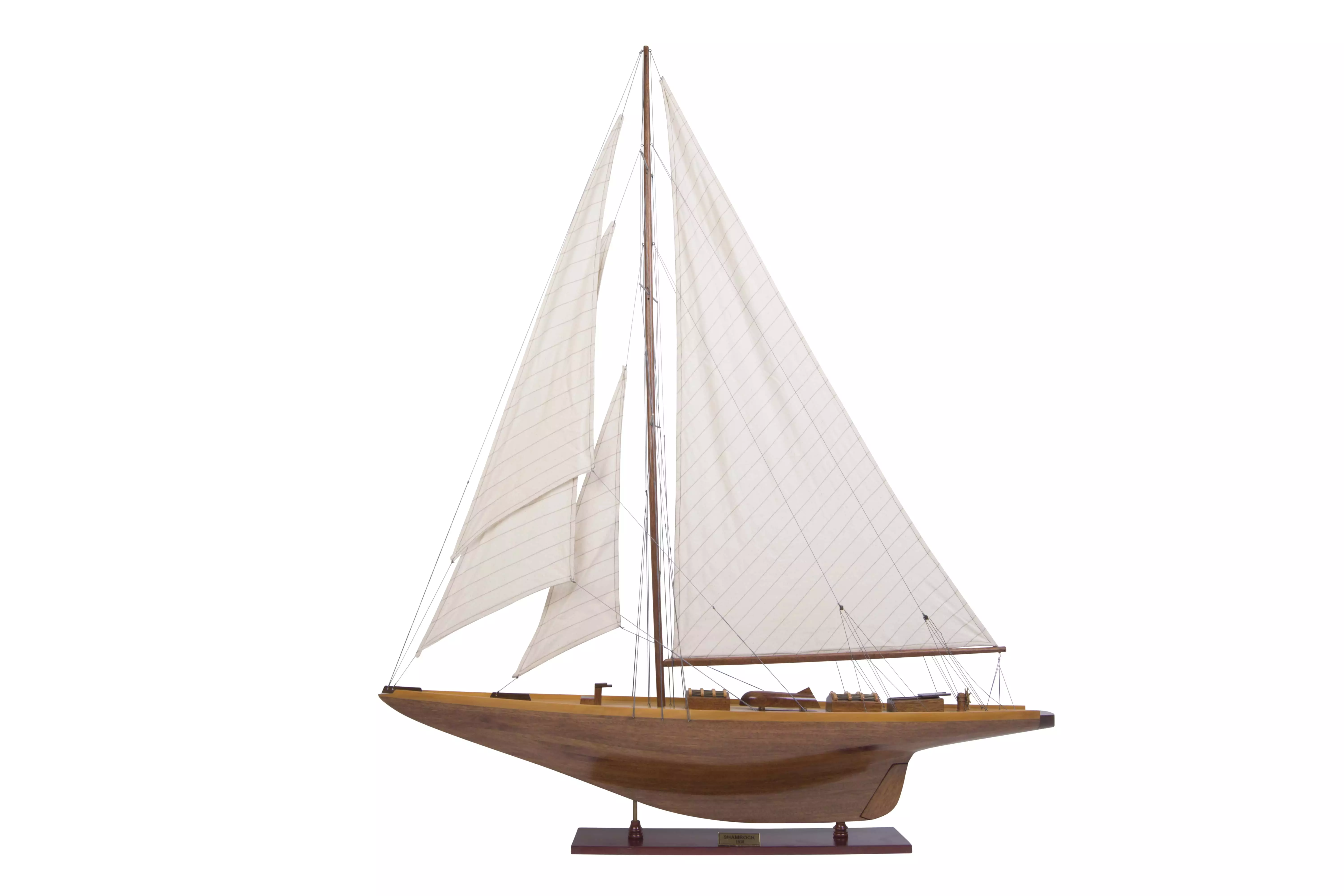
Shamrock Wooden Model Yacht (Standard Range) – AM (AS157)
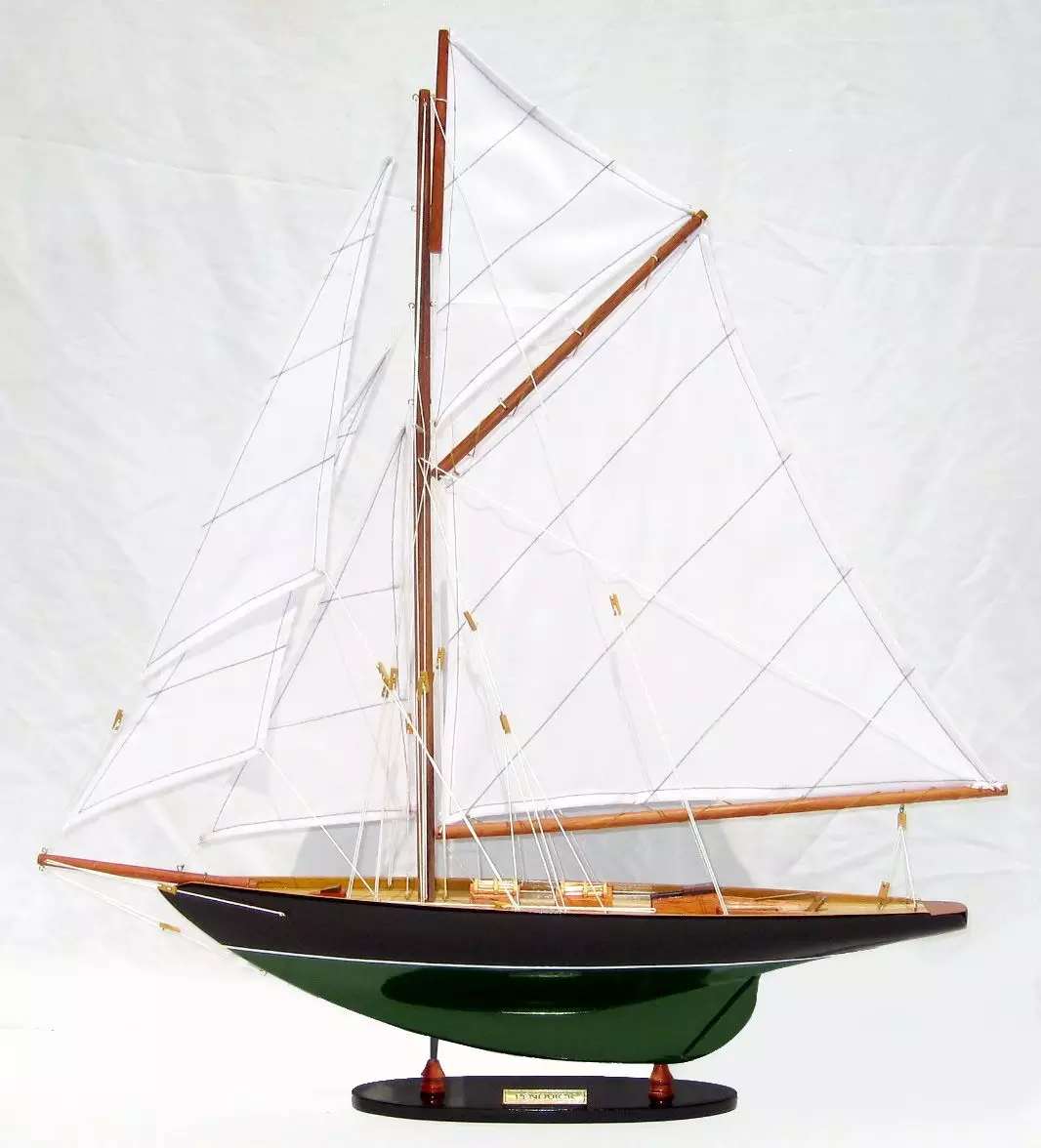
Pen Duick Model Ship – GN
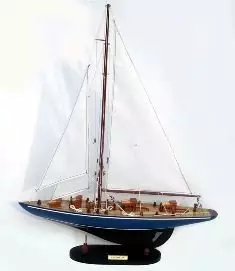
Velsheda Model Yacht (Standard Range) – GN
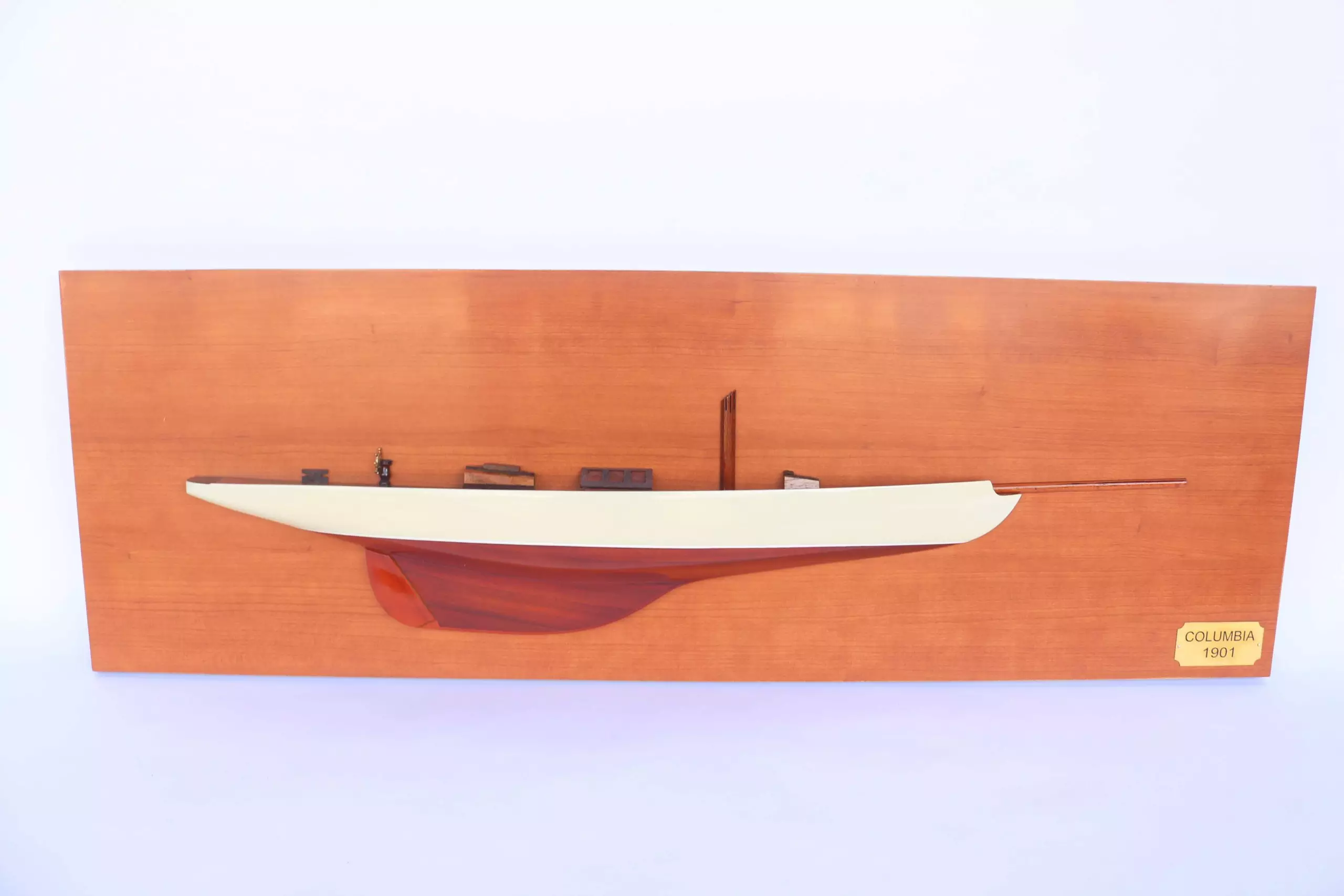
Columbia Half Hull – GN (HH008P)
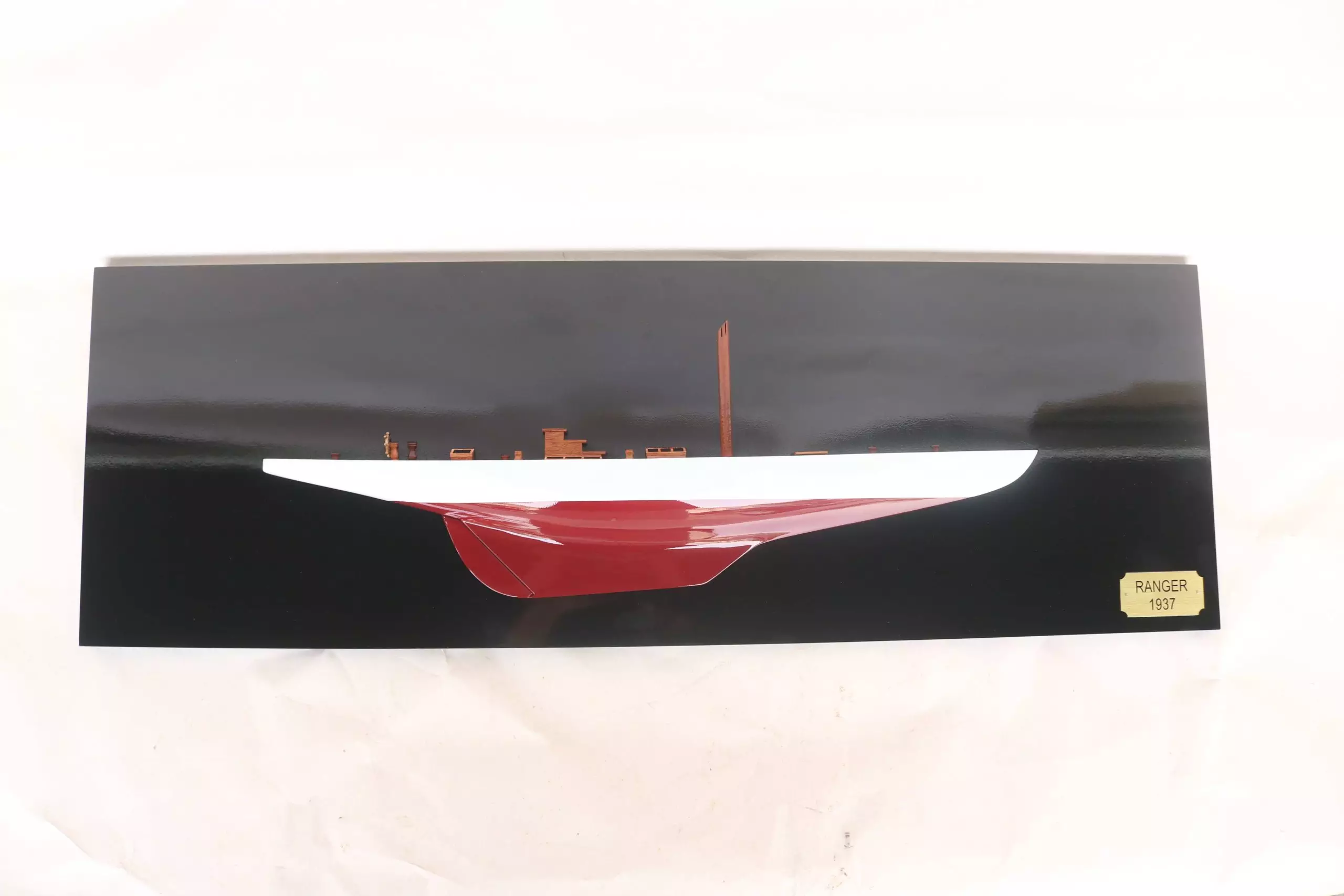
Ranger Half Hull – GN (HH007P)

Endeavour Half Hull – GN (HH005W-60)
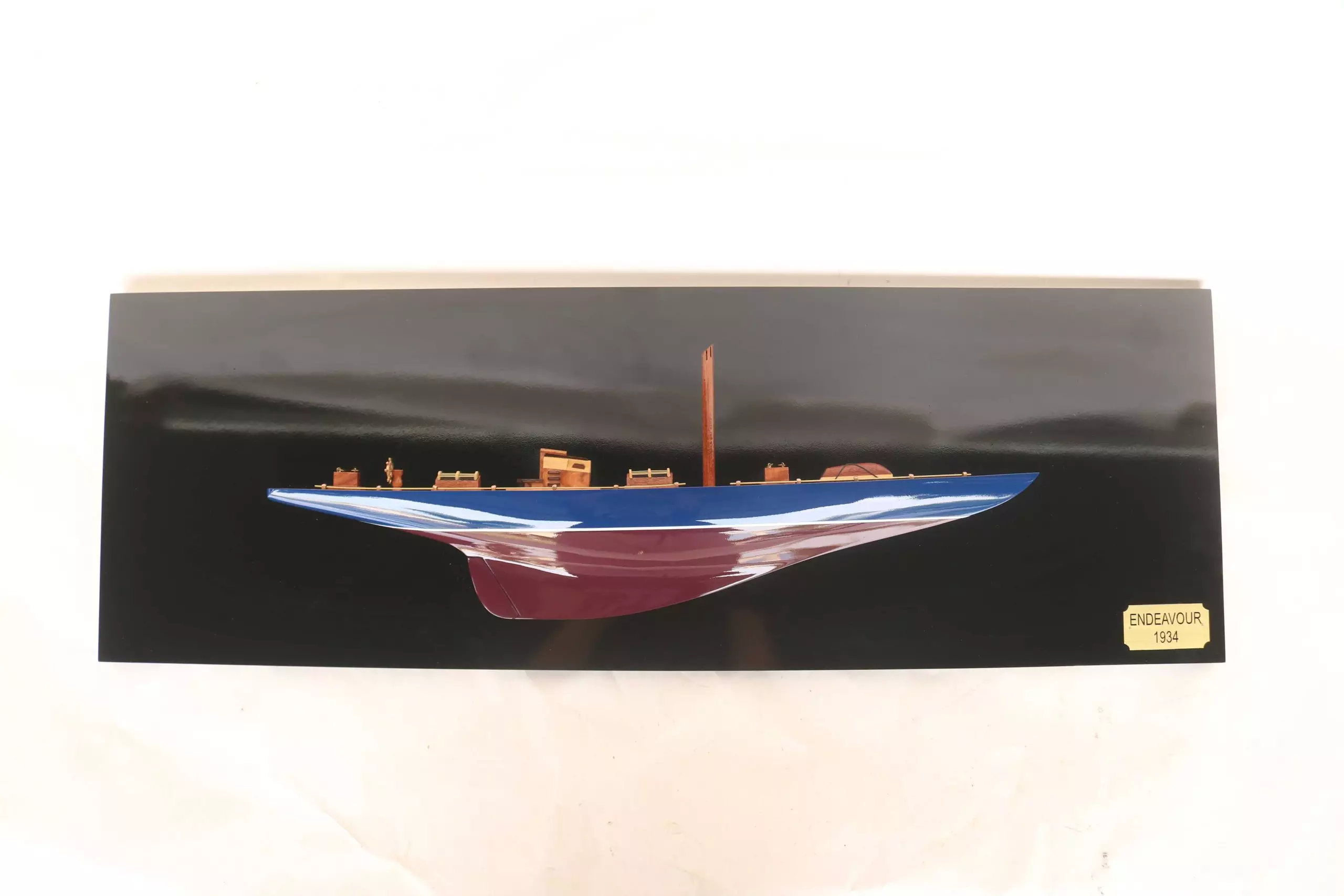
Endeavour Half Hull – GN (HH005P)
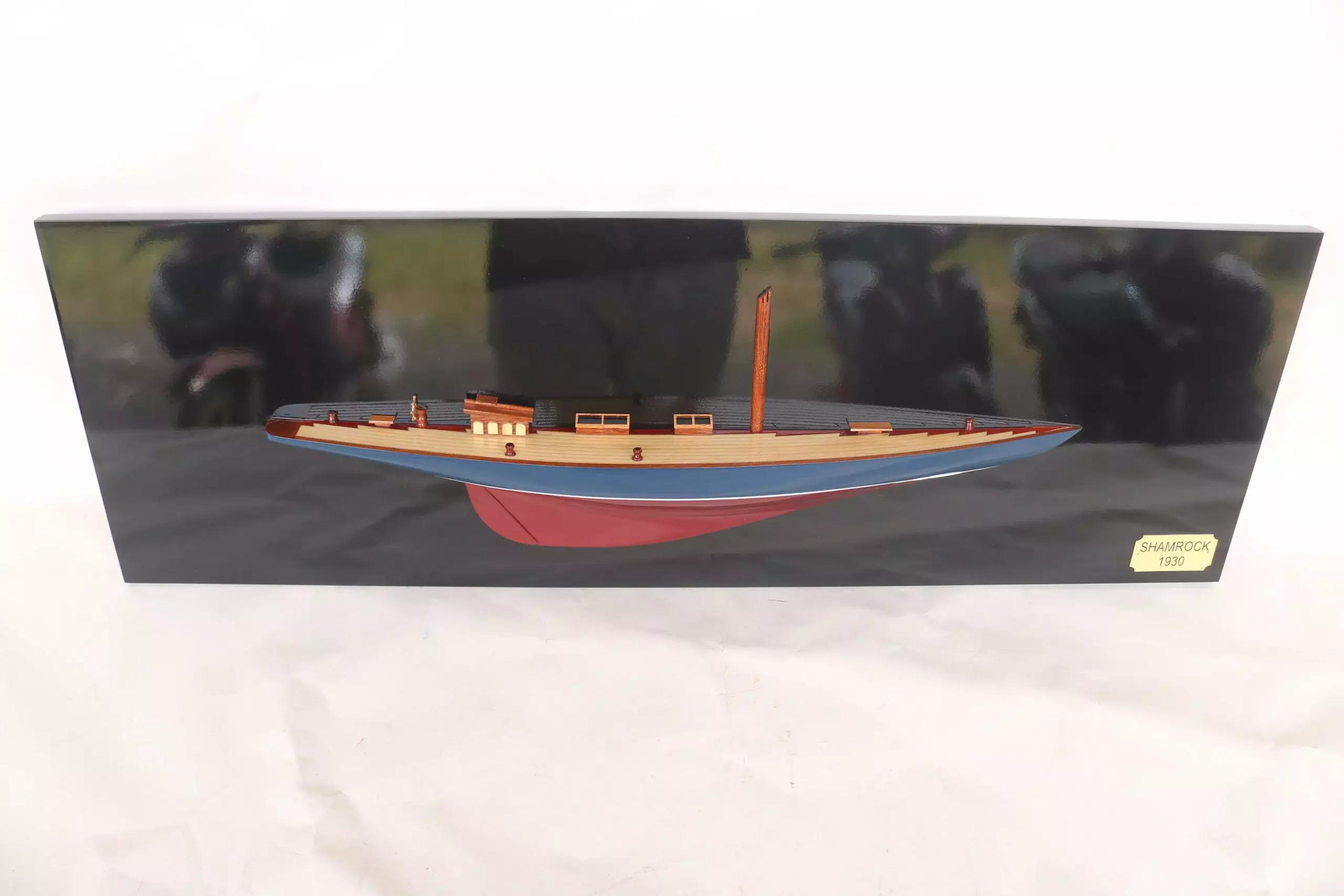
Shamrock Half Hull Blank Deck – GN (HH004P-2)
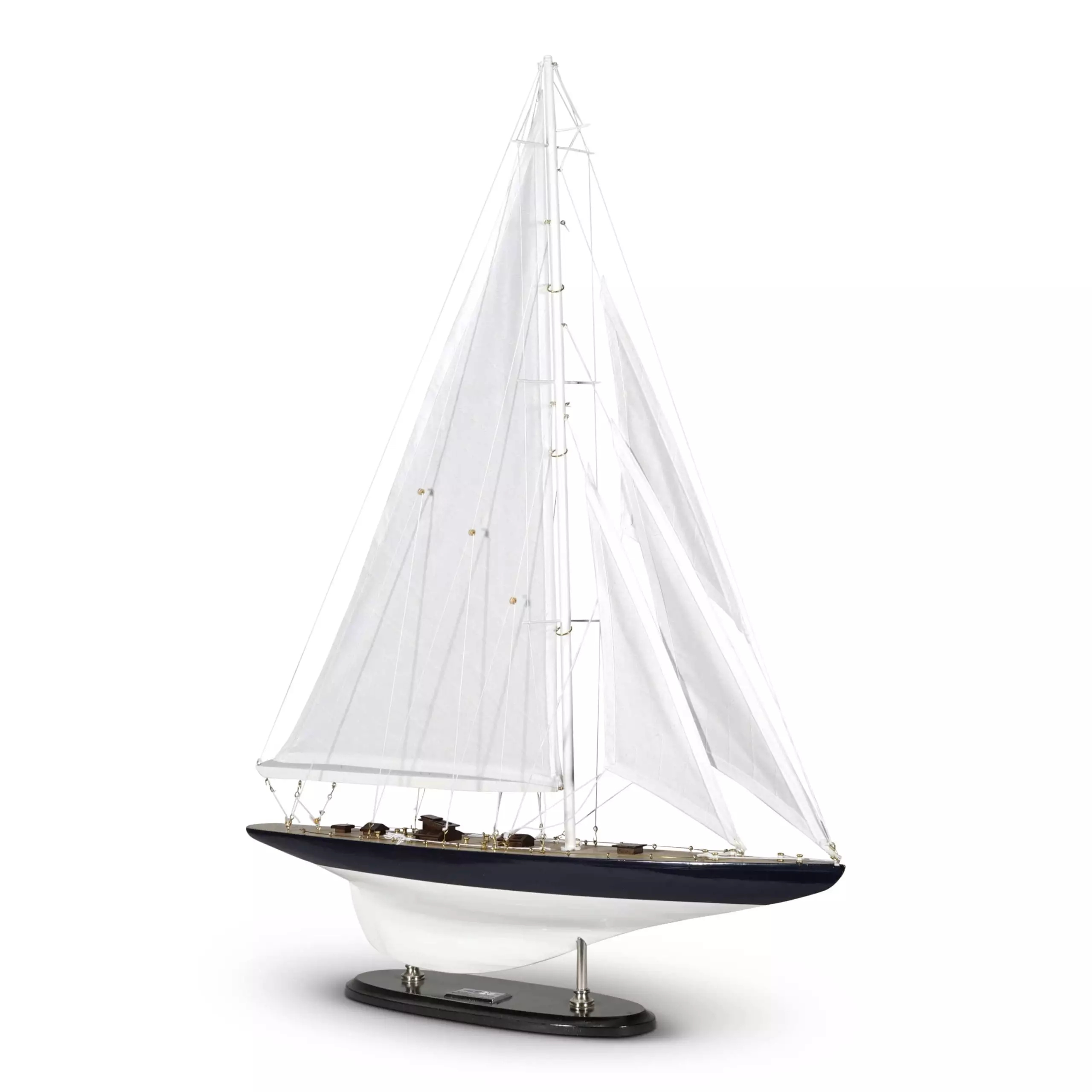
J-Yacht ‘Rainbow’ 1934 Model (Standard Range) – AM (AS152)
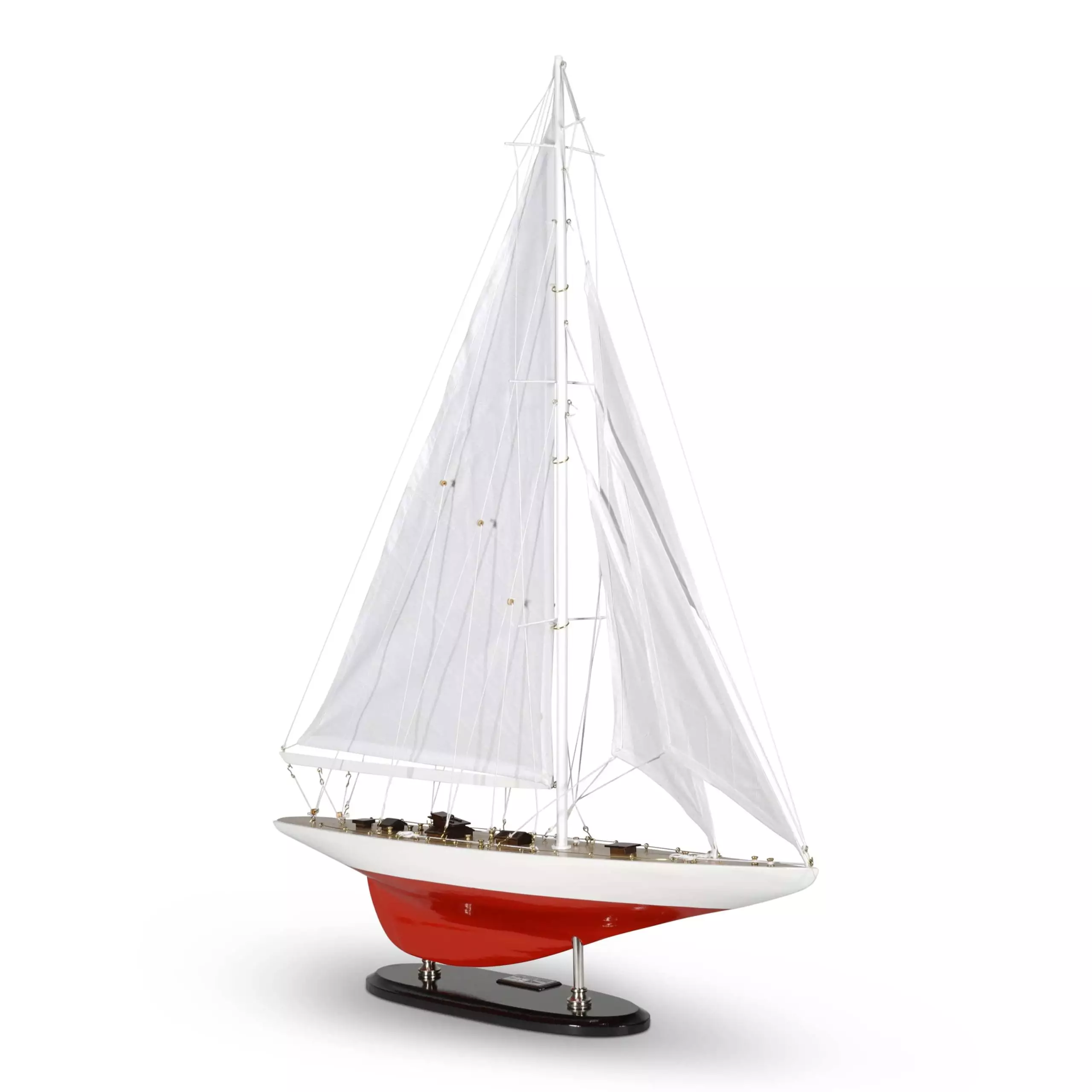
J-Yacht ‘Ranger’ 1937 Model (Standard Range) – AM (AS150)
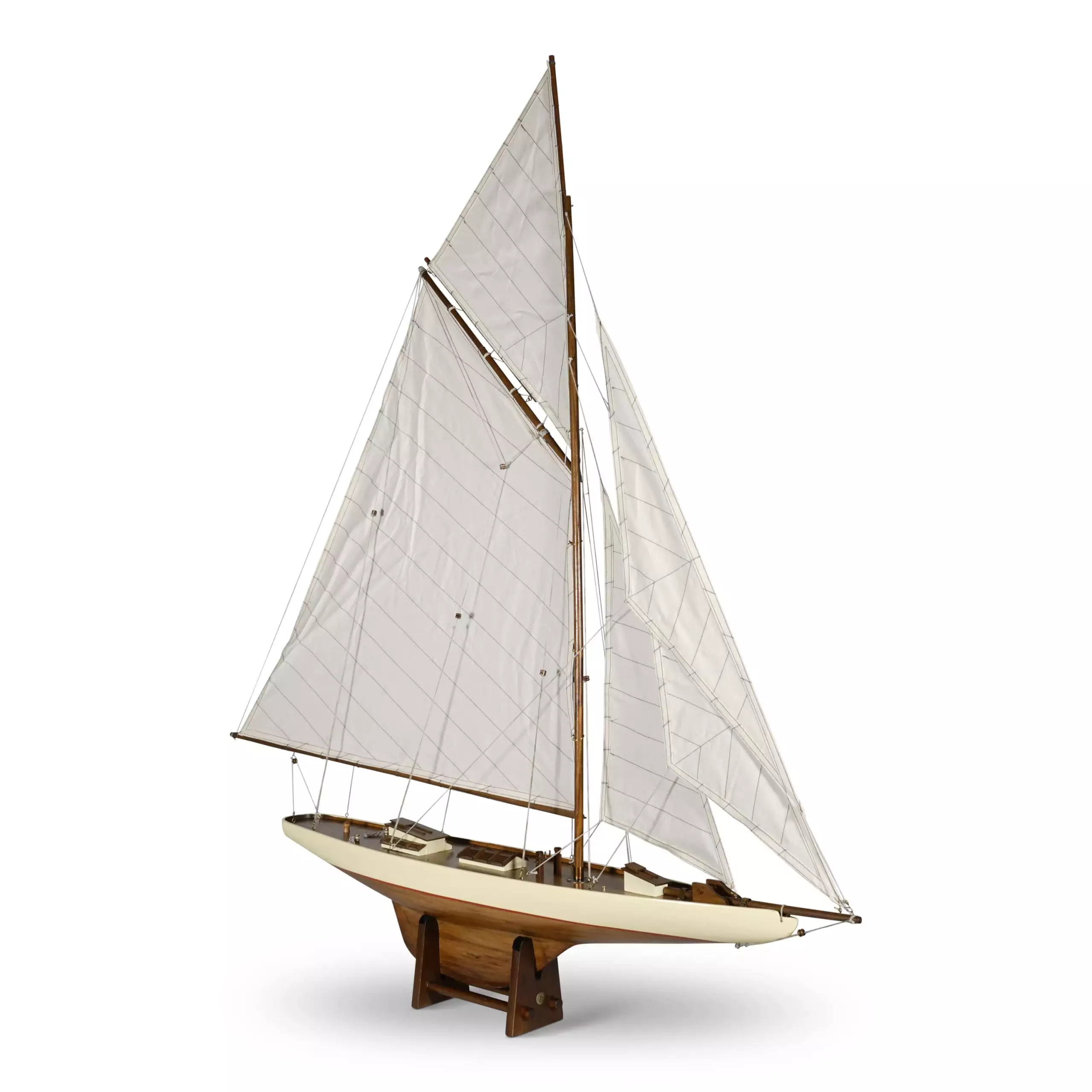
America’s Cup Columbia Model Ship (Standard Range) – AM (AS076F)
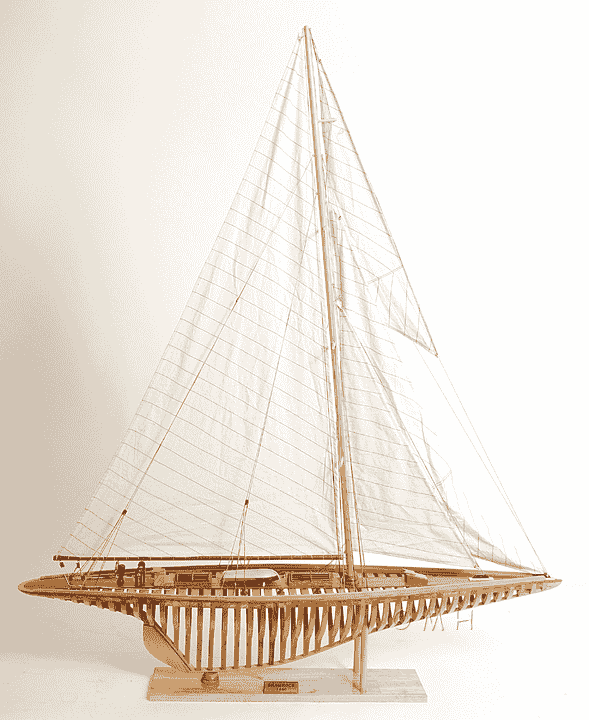
Shamrock Open Hull Model Ship – OMH (Y153)
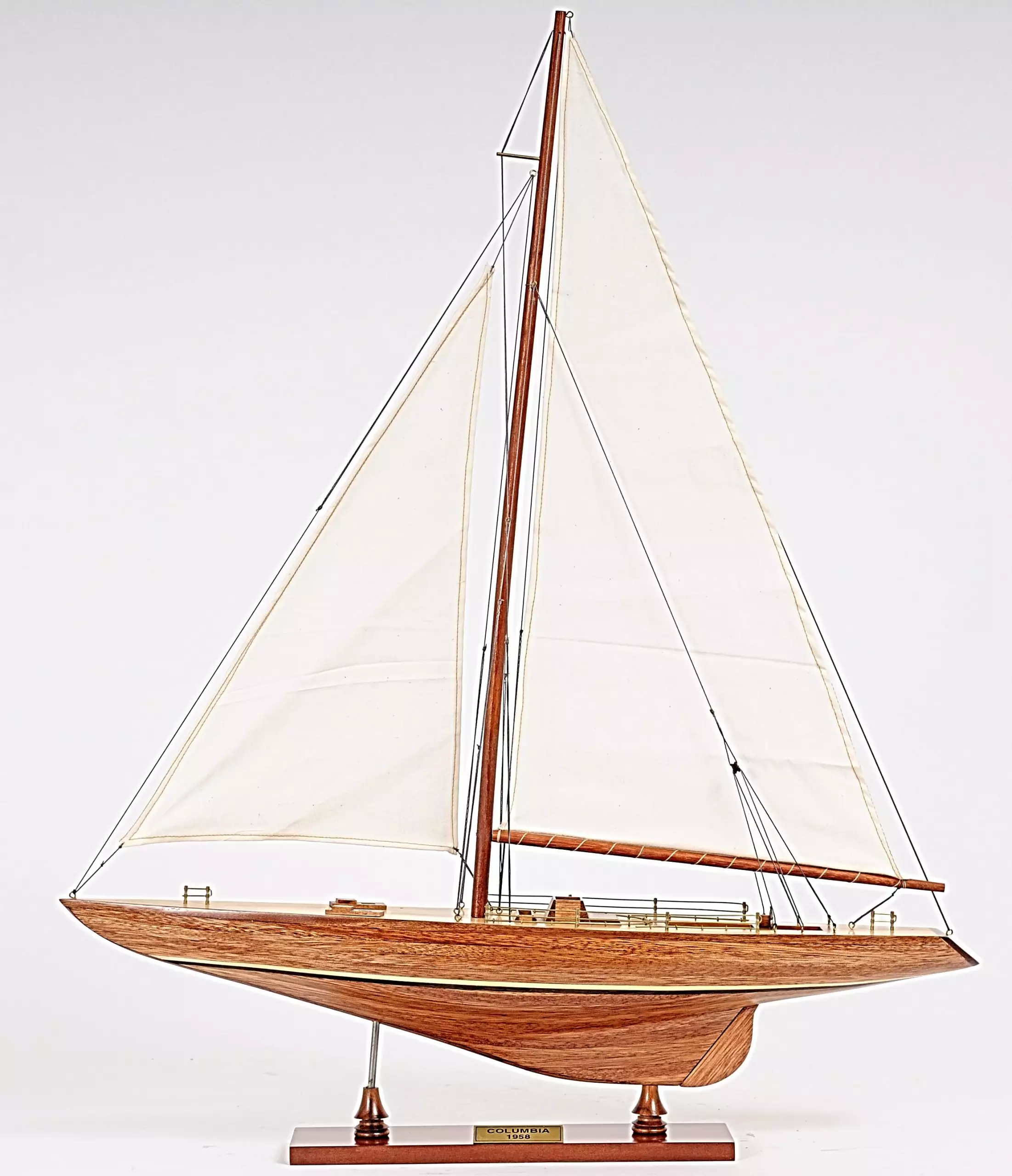
Columbia Yacht L – OMH (Y155)
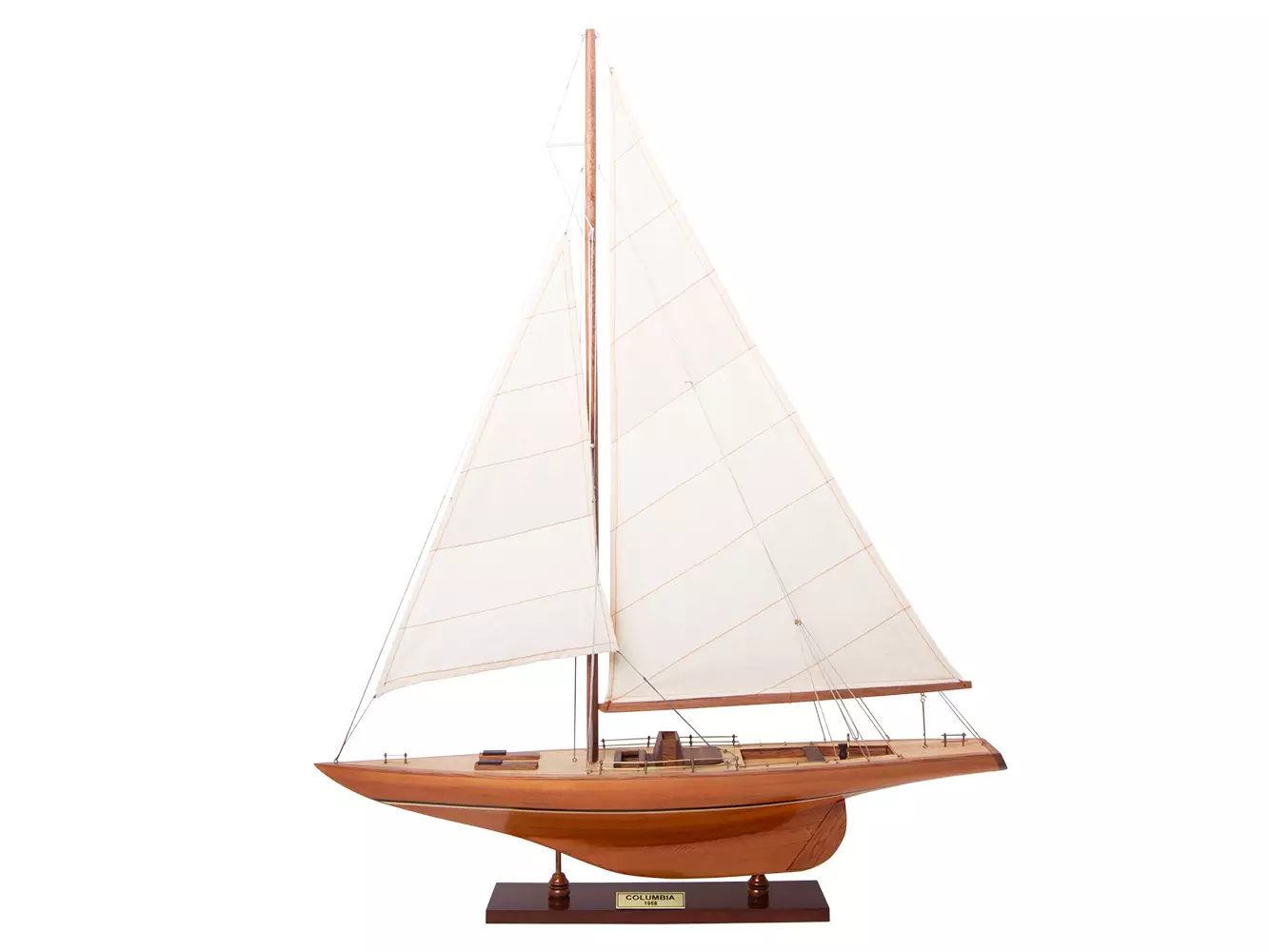
Columbia Sm Model Ship – OMH (Y011)
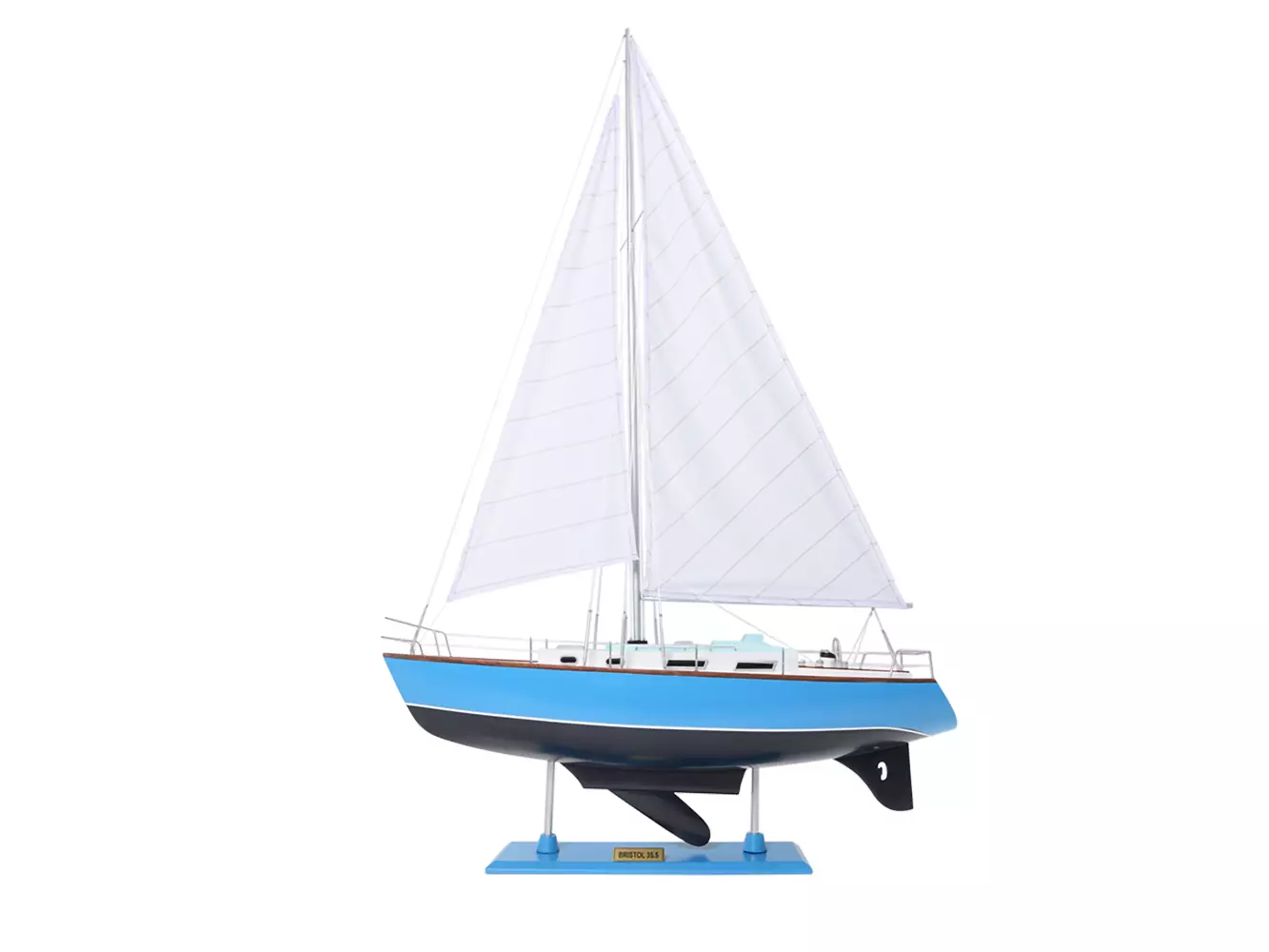
Bristol Yacht Model Ship – OMH (Y096)
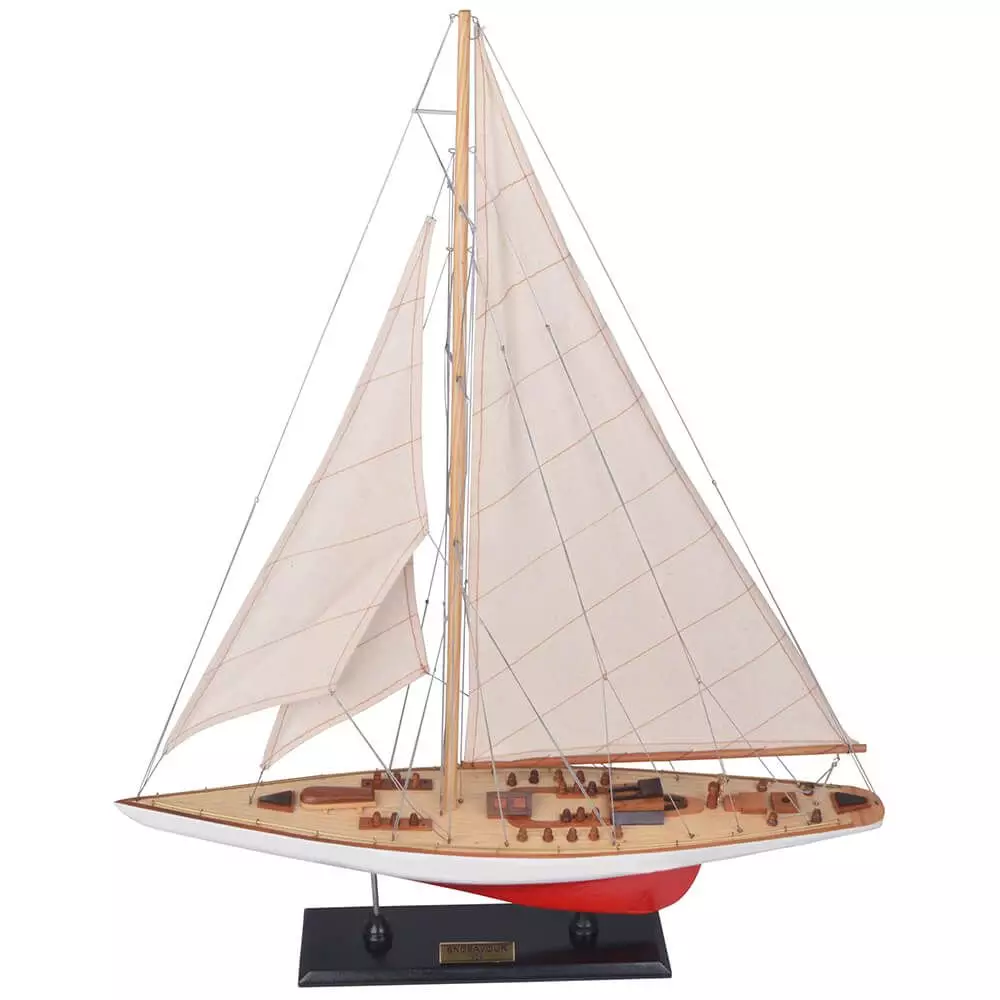

Endeavour Model Yacht Red/White (Standard Range) – AM (AS154)
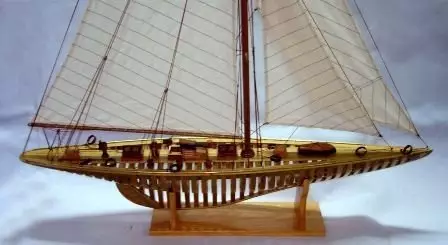
Endeavour Frame hull (Standard Range) – GN
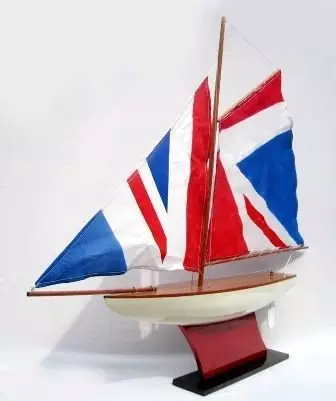
Pond Yacht (Standard Range) – GN
Information.
- Delivery & Packaging

- Cookie Consent
- Secure Payment
- Legal Notice
- Terms & Conditions

Follow us to keep up-to-date using our social networks

Enter your email address to sign up to our newsletter to keep up-to-date.

Canterbury J Class Model Yacht

A Brief History of the Canterbury J Class Model Yacht
Sailing at the Christchurch Model Yacht Club [CMYC] in 1996-1997 there was a small classic J Class model yacht named RANGER with a length of 1.2 metres and this was owned by Dave Heanly. This yacht was J1 which was eventually purchased from Dave and is now on display in the CMYC club rooms at Hagley Park.

A group of CMYC members decided the J Class yacht would be ideal for easy fully rigged transport and sailing in weedy conditions at Lake Victoria.
The hull of number J1 was purchased from Model Boats and the sail plan designed by Hugh Hobden. An approach was made to purchase more hulls. Euan Sargison negotiated and another 9 hulls were purchased and sold very quickly.
The J Class Squadron was formed 2 Sep 1997. Two more hulls appeared making the total at this time twelve.
More hulls were in demand and the place that originally sold the hulls advised that the mould had been lost. After investigating it was found that the original hulls supplied had been taken from a Timaru J Class yacht.
It was decided to make a Canterbury mould with adjustments. The hull was deepened by 16mm and the lead reduced by 16mm and the trim weight put inside the hull. The J Class squadron purchased the new mould with a loan from Peter Vincent and the loan was repaid from hull sales. Number J13 was the first hull
To promote the sailing class three trophies were donated by Peter Vincent.
More Canterbury J Class historical information can be found HERE

The basic philosophy was to have an easily sailed and economically built RC yacht’ based on a one design principles to provide good resale value, and with racing dependent more on the skipper rather than designer/builder skill.These objects have been attained and the Class has attracted many first time sailors, mostly from the retired ranks who share the common creed, “it sure beats gardening!”
The boat can be transported easily in the average car or station wagon fully rigged. Many boats have features of the original Canterbury J Class.
The “Wednesday Windlers” can muster fleets of 30 plus for their around-the-lake sailing on Lake Victoria. Why not visit the lake on a Wednesday? Members turn out, except in the most atrocious weather, and are pleased to “turn over the controls” to any interested spectator.

377 hulls [December 2022] have been purchased and they are to be found in all areas of New Zealand and as far afield as the USA, Australia, Canada, Germany and the UK. It is a one-design yacht and all hull shells, keels and trim weights are made from moulds officially approved by the Canterbury J Association with an identification number moulded into the hull.
There are rules that, prohibit exotic materials, define a fixed minimum weight, strictly control dimensions in the three sizes of sail rigs.
The yacht can be bought as a kit or in separate pieces and assembled as the budget allows. This also allows members handy at making small components to make many of the parts and keep the price down. All parts are available: hulls white polyester, keels, brass fittings, and computer-generated sails, winches and radio gear. If you cannot find the part you want we will find it or we can make it at reasonable costs.
There is also an active and increasing North Island fleet sailing out of the T auranga Radio Sailing Club Gilmour Lake Waihi , [links to external sites] , Palmerston North and Auckland

The World's Local Hobby Shop
Where traditional and digital modelling converge
- Shopping Cart

Welcome to the World's Local Hobby Shop
- Custom-Made Display Cases
- Client Display Cases
- Kits – Amati
- Kits – Artesania Latina
- Kits – Billings Boats
- Kits – Bluejacket
- Kits – Corel
- Kits – Jotika/Caldercraft
- Kits – Pocher
- Tools – My Favourite Tools
- Modeller’s Workshop Designs
- MW kits – 1:16 J-class
- MW Kits – Older AC Yachts
- MW Kits – Power Boats
- MW Kits – Tug Boats
- MW Kits – Sailing Yachts
- MW Kits – Small Fishing Boats
- MW Kits – half-hulls
- Modeller’s Workshop 3D prints
- 1:12 scale 3D printed parts
- 1:16 scale 3D printed parts
- Hull and Deck Planks
- King Plank Systems
- Service – Model Construction
- Traditional Gallery
- Pocher Builds
- Links and Instructions
Enter your search words here
Username or Email Address
Remember Me
J-Class Lionheart 1/16 scale laser-cut frame set, total length 106″ – kit number MW101!
Comments are closed.
Advertisement
©Copyright 2012 modellers-workshop
- Masting, rigging and sails

- Remember me Not recommended on shared computers
Forgot your password?
J Class Yacht Rigging Question

By David Lester October 14, 2022 in Masting, rigging and sails
- Reply to this topic
- Start new topic
Recommended Posts
David lester.
I am launched into a new project building a J Class yacht for a friend (Amati Shamrock V) and I have a question about the rigging that maybe someone knows the answer to.
The kit provides only natural coloured line (ecru, tan, off-white or whatever you want to call it) and the picture of the model on the box shows all of the rigging (both running and standing) done in this colour. Somehow this doesn't seem right to me. Since this is a 1930's era yacht, would it be correct to believe that the standing rigging would actually have been wire cable. Somehow that seems likely to me. Does anyone out there know?
On my Bluenose model the plans stated that all the standing rigging on that vessel was wire cable and had serving. (I didn't have a serving machine at that time, so just ignored this and simply used black line.) If the rigging on Shamrock V is wire cable, is it likely to have been served as well? Somehow that seems less likely to me. Again, if anyone knows, I'd be grateful.
If the standing rigging is wire cable and is not served, what do people think would be the best colour line to use for it. Simply black, or stick with the ecru line provided or would you do something unusual, such as gray. (I'm not going to try my hand at using actual wire.)
Anyway, any thoughts you have would be much appreciated.

Current Build - St. Roch, Billing Boats; HMS Agamemnon, Caldercraft (on hold)
Previous Builds - Armed Virginia Sloop, Model Shipways; Constitution, Model Shipways; Rattlesnake, Mamoli; Virginia Privateer, Marine Model Co, restoration; Prince de Neufchatel, Model Shipways; Charles W. Morgan, Model Shipways; Pride of Baltimore II, Model Shipways, Bluenose, Model Shipways (x2); Niagara, Model Shipways; Mayfower, Model Shipways; Shamrock V, Amati; HMS Pegasus, Victory/Amati
Link to comment
Share on other sites, roger pellett.
America’s Cup competition has always featured boats built with high tech features to gain a competitive edge. This was as true in the 1930’s as it is today. Furthermore, the very tall Marconi rigs were highly stressed and rigging was tuned (highly tensioned) to provide optimum performance. Stretch had to be minimized. As a minimum the J boats would have been rigged with wire rope. In later years America’s Cup yachts featured solid rod rigging. More research needs to be done to determined which was used.
- mtaylor , allanyed and Bob Cleek
According to Llewellyn Howland III in his biography of W. Starling Burgess, the first large yacht to utilize solid bar rigging was the 1934 America’s Cup defender Rainbow. The bars couldn’t be produced in long enough lengths requiring turnbuckles half way up. Shamrock V would, therefore, have been rigged with wire rope.
Apparently, the J Boats also used wire rope for some running rigging. Burgess, became marooned atop Enterprise’s mast when he used the main halyard to hoist him up. The wire rope halyard was heavier than he was!
- mtaylor and Bob Cleek

2 hours ago, Roger Pellett said: Burgess, became marooned atop Enterprise’s mast when he used the main halyard to hoist him up. The wire rope halyard was heavier than he was!
- mtaylor and allanyed

I know it is a 7 hour drive from Cobourg to midtown Manhattan, but if you can do it, contact the office of the chairman of the Model Committee at the New York Yacht Club to arrange a visit. I think the current chairman is Peter Sweetser. In years past they left me alone for a few hours with the collection to make sketches (but no photos at the time.) Perhaps now they will also allow photos. It is a fascinating collection of over 1200 of some of the best schooner and racing models in the world.
- Roger Pellett and mtaylor
PLEASE take 30 SECONDS and sign up for the epic Nelson/Trafalgar project if you would like to see it made into a TV series. Click on http://trafalgar.tv There is no cost other than the 30 seconds of your time. THANK YOU
Thanks for the input, guys (and the stories too.) That's pretty much what I guessed to be the case. I don't think I'll try using wire for the standing rigging however; I'd never get it lay straight and even and I imagine just a slight touch might put a slight bend in it. I'll probably just end up using black line, but maybe I'll experiment a bit with a metal-like colour.
Allan, thanks for the information about the NYYC model collection. I had a look at their website and I think That would certainly be a great place to visit, however, I don't see a New York adventure in my near future (let's be honest, I rarely leave the basement!)
Thanks again,
Every year during the SNAME conference there is a dinner for Naval Architecture alumni of the University of Michigan. While not a SNAME member, I always get invited. One year the dinner was held at the New York Yacht Club. Unlike most yacht clubs it’s in the middle of Manhattan, not on the water. I was able to schedule other business to be in NYC to attend the dinner. As Allan writes, a visit to the club’s model is an opportunity not to be missed. The model collection is spectacular and I don’t think that they are about to put them in storage to make room for a more “relevant” display.
I would suspect that Shamrock’s wire rigging would not have been served. Designers of these yachts were concerned with the aerodynamics of the rig. They would have tried to minimize the cross sectional area of the standing rigging to cut wind resistance.
Here again, more research is necessary but I believe that the racing rigs were considering to be “temporary.” When these challengers crossed the Atlantic to race, if sailed they did so under reduced rig. Later the Cup Rules allowed boats to be towed or shipped on a steamer. The racing rig was erected upon arrival in the US for competition. Some of the American J’s were furnished with several masts that could be swapped out during the trials. In any case, these boats did not have long lives.
2 hours ago, David Lester said: but maybe I'll experiment a bit with a metal-like colour.
I look forward to following your build log David. I totally agree that using wire is a nightmare. I had more pin holes in my fingers in one session than all the tiny cuts from scalpels over 40+ years. I have a couple spools of the stuff in the shop that will take care of hanging pictures for the rest of my life. Do try getting some metal like thread instead of the wire. Would the wire color be more towards black than grey? It easy to make crimps regardless of the color to avoid serving but I am not so sure seizings and serving was not used on racing yachts 100 years ago, Roger you probably have it right, but was this the norm when Shamrock V was in her racing heyday? I suspect some research should turn up some contemporary photos that will give the answer.
Shamrock V displaces 146 tons. There is a rule of thumb that for a racing yacht the breaking strength of the shrouds should be equal to the displacement. A quick check of a wire rope table says 2” wire rope is 320,000 lbs, close enough. At your scale that would be 0.025”. I don’t know if they were using rod rigging yet, but that would obviously be a little smaller. I doubt they had gone to oval cross section yet to reduce windage.
The pictures of Shamrock in the present day are all clearly rod rigging.
Per my post above, The first J Boat rigged with rod rigging was the 1934 American Cup defender Rainbow.
There is an interesting connection between prewar yacht design and the aircraft industry. Starling Burgess, Rainbow’s designer designed airplanes in the 1920’s, and Sopwith, builder of the famous Sopwith Camel owned one or more of the British challengers. Designers of these high performance yachts, therefore, would have followed developments in building high performance aircraft. Burgess was also involved in the application of aluminum for boats and cars. Burgess used proprietary fittings for attaching rigging to Rainbow’s spars and the hull.
High quality small diameter diameter wire rope can be bought from fishing tackle suppliers. It is used for towing “downriggers,” heavy lead weights used to control depth of fishing lines. I also have a stash of very small diameter stranded wire cable that I used many years ago in an unsuccessful attempt at control line model airplane flying.

You can find small multi-strand wire in jewelry supplies in hobby stores.
I have some Beadalon brand 7 strand at 0.012", (0.30 mm) 0.015" (0.38 mm) and 0.018" (0.46 mm) diameter. I also have some nylon coated Cable Strand Corp. Acculon brand 3 strand at 0.012" (0.30 mm) diameter.
Current build: https://modelshipworld.com/index.php?/topic/19611-albatros-by-dr-pr-mantua-scale-140-about-1815/&tab=comments#comment-601276
Previous build: https://modelshipworld.com/index.php?/topic/19321-uss-oklahoma-city-clg-5-1971-3d-cad-model/
I have no love for working with any kind of wire, but that has been my experience so maybe time for another try using the wire you mention. Are you using crimps or some other securing method and do you find it difficult to keep things tight? Pictures???? Thank you very much.
Join the conversation
You can post now and register later. If you have an account, sign in now to post with your account.

× Pasted as rich text. Paste as plain text instead
Only 75 emoji are allowed.
× Your link has been automatically embedded. Display as a link instead
× Your previous content has been restored. Clear editor
× You cannot paste images directly. Upload or insert images from URL.
- Insert image from URL
- Submit Reply
Recently Browsing 0 members
- No registered users viewing this page.
Modelshipworld - Advancing Ship Modeling through Research
SSL Secured
Your security is important for us so this Website is SSL-Secured
NRG Mailing Address
Nautical Research Guild 237 South Lincoln Street Westmont IL, 60559-1917
Model Ship World ® and the MSW logo are Registered Trademarks, and belong to the Nautical Research Guild (United States Patent and Trademark Office: No. 6,929,264 & No. 6,929,274, registered Dec. 20, 2022)
Helpful links.
- Articles Database
- NRG Home Page
- NRG Online Store
- Important: Our Guidelines
- Terms of Use
- Buildlog Index
About the NRG
If you enjoy building ship models that are historically accurate as well as beautiful, then The Nautical Research Guild (NRG) is just right for you.
The Guild is a non-profit educational organization whose mission is to “Advance Ship Modeling Through Research”. We provide support to our members in their efforts to raise the quality of their model ships.
The Nautical Research Guild has published our world-renowned quarterly magazine, The Nautical Research Journal, since 1955. The pages of the Journal are full of articles by accomplished ship modelers who show you how they create those exquisite details on their models, and by maritime historians who show you the correct details to build. The Journal is available in both print and digital editions. Go to the NRG web site (www.thenrg.org) to download a complimentary digital copy of the Journal. The NRG also publishes plan sets, books and compilations of back issues of the Journal and the former Ships in Scale and Model Ship Builder magazines.
Our Emblem ®
Nautical Research Guild ® and the NRG logo are Registered Trademarks, and belong to the Nautical Research Guild (United States Patent and Trademark Office: No. 6,999,236 & No. 6,999,237, registered March 14, 2023)
- Existing user? Sign In
- Latest Posts
- All unread content since my last vist
- Unread topics I have posted in
- Create New...
The J Class has its roots in the oldest international yacht race in the world, the America’s Cup.

Our Heritage
Considered some of the most beautiful yachts ever built, the story of the J Class is defined by fierce transatlantic competition for the America’s Cup, followed by an era of steep decline, and the modern-day revival.

The J Class includes a mixture of refitted surviving yachts along with a number of new yachts faithfully built to original hull lines from 1930’s designs, with more yachts currently in build.
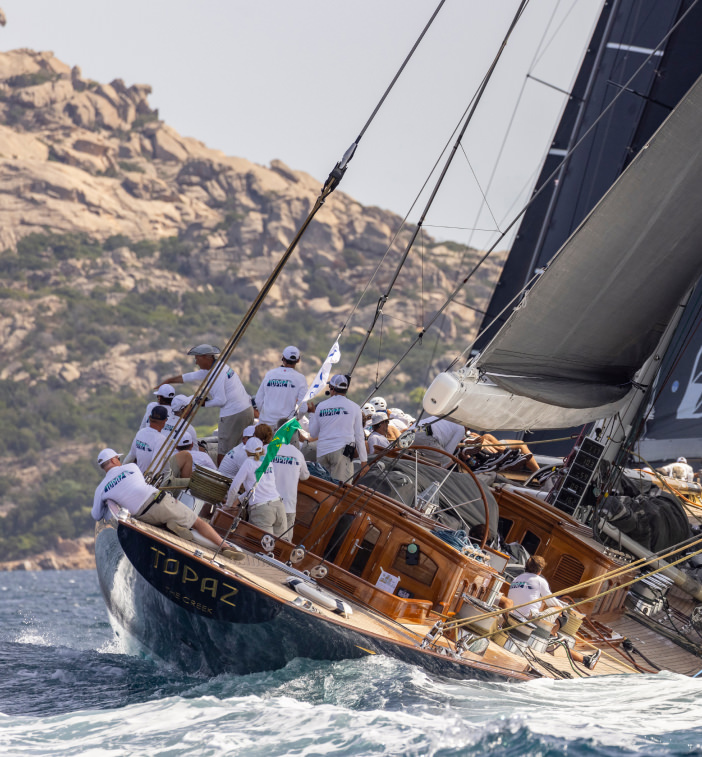
The J Class Association was founded in 2000 to protect the interests of the Class, present and future, and organises an annual calendar of racing for these magnificent yachts.
2024 Calendar
The Superyacht Cup Palma
Palma, Spain
8 - 14 September
Maxi Yacht Rolex Cup
Puerto Cervo, Sardinia
5-11 October
America's Cup J Class Regatta
Barcelona, Spain
We love them because they are sublimely beautiful, utterly impractical and fiendishly demanding.
Elizabeth Meyer
Modern-day saviour of the J Class

Latest news
J class duo go 1,2 at the st barths bucket.
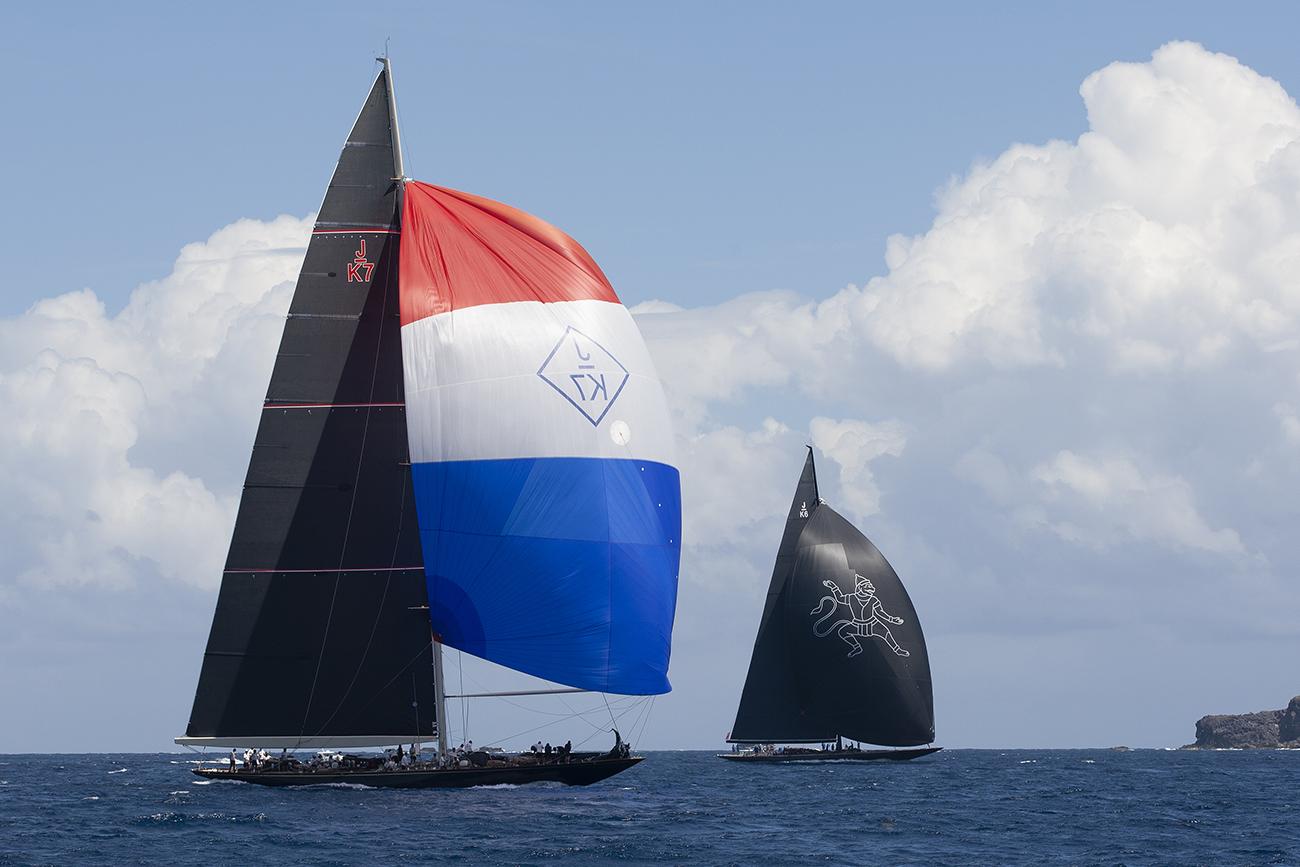
The J Class duo Velsheda and Hanuman dominated Class B, Les Elegantes at the recent St. Barths Bucket taking first and second place.
J Class duo Velsheda and Hanuman heading to Saint Barths Bucket

The renowned Saint Barths Bucket superyacht regatta has long been popular with J Class yacht owners and crews, many of whom have enjoyed success at the Caribbean spring showcase event over recent years.

This site uses cookies to enhance your experience. By continuing to browse the site, you consent to the use of cookies. View our Privacy Policy for more information.

The spiraling 246m high Evolution Tower is located on plots 2-3 of Moscow-City high-rise business district on Presnenskaya Embankment of Moscow river. New multi-function center occupies the territory of 2.5ha in area, 2ha of which is a landscaped terraced civic plaza, the integral part of the new city piazza, the central open public space of Moscow-City business downtown.
ivic plaza includes 10m high ceremonial stairs (leading from embankment and pedestrian Bagration Bridge to the higher terraced levels) as well as landscaped areas with green lawns, trees, water features, travellators and feature lightboxes.
Evolution Tower
Location: Moscow, Russia
Typology: High-Rise, Office, Mixed-Use
Years: Construction 2011-2014
Status: Built
Height: 246m
Design team: GORPROJECT (2011-2015),
RMJM Scotland Ltd
(original concept 2005-2007)
Under the piazza levels the 2-storey retail mall connects the Evolution Tower with metro station and pedestrian bridge over Moscow river, thus integrating the new development into the large Moscow-City district, the Europe's newest and most ambitious high-rise cluster (7 of 10 highest European skyscrapers ae located here), housing over 4 million square meters of office and retail areas with associated transport and engineering infrastructure.
The Evolution Gallery mall houses food court and 6,000m2 family entertainment and educational center for various children activities (the first center of that kind in Moscow).
The 82,000m2 office tower has 52 levels rotated 3 degrees each floor with overall twist reaching 156 degrees clockwise. With world’s largest innovative cold-bent glazing the tower façade provides seamless floating reflection that rotates the panoramas of Moscow skyline vertically, where the reflected clouds moving up enhance the dynamic visual impact of the twisted tower, an unprecedented optical effect in the world architecture. The Crown with supporting steel structure made of two twisted arches provides the helipad at the very top as well as the open observation roof decks at Levels 51-52 featuring the best panoramas of Moscow riverside with views towards the historical center.
From the very beginning the developer and architects have set an ambitious task to create a recognizable and symbolic tower, the new icon of contemporary Moscow. The sculptural DNA-shaped twisting tower symbolizes the evolution spiral with the white façade ribbon wrapping over the roof in a form of 90-degree twisted infinity symbol, which speaks of philosophical concept of evolution and celebrates the development of human civilization. From spiraling onion domes of St. Basil to the iconic Tatlin Tower concept the Russian architecture was obsessed with idea of spiral. The simple and innovative design was based on principles of twisting square-shaped floor plates with vertical structural RC frame supported by a central core and 8 columns with continuous beams and 4 spiraling columns at the corners.
The proposed structural scheme with cantilevered continuous RC beams and cantilevered floor slabs picking up the overhangs from the twisted floor plates appeared to be simple, efficient and economical. The complex sculptural tower façade envelope was built using the innovative cold-bent glazing with flat double glazed units cold-formed in 3D within the aluminum frame under its own weight to avoid stepping in geometry. This approach appeared to be both more energy-efficient and more cost-efficient solution in comparison to the stepped curtain wall units previously applied in some twisted unitized facades.
The multifunctional architectural glass by Guardian significantly reduces the solar gain whilst providing the double glazed unit thermal performance equal to standard triple glazed unit normally used in Moscow to withstand harsh winter conditions. The use of innovative TWIN elevators by ThyssenKrupp saved 2 shafts within the core (10 TWINs instead of 12 double-deckers in the original concept) and contributed to the overall project sustainability with lesser power consumption per passenger. Other sustainable design features include green roofs over the retail mall and integrated coil floor heating under landscaped civic piazza levels using the return water in winter to melt the snow and ice for the safety of pedestrians. The reinforced concrete formwork by PERI, including self-climbing ACS formwork specially designed for the twisting corner columns, allowed to achieve the impressive speed of RC frame construction of 6 days per floor due to perfect site logistics by Renaissance Construction as main contractor.
All innovative design solutions and optimizations secured the delivery of this fairly unique skyscraper within the project plan and almost within the budget of the standard ‘benchmark’ high-rise building. This turned out to be a major achievement of the design and construction teams.
The organic twisting silhouette dominates on its background of extruded glass towers greatly contributing into the overall composition of the high-rise Moscow-City cluster. The development delivered a significant open public space on the landscaped roof of the retail mall, thus providing the perfect mix of business uses with public and social activities of the civic plaza and the mall with its food court and core family entertainment function. The synergy of that mix with large underground car-park complemented by the direct link to the metro station and pedestrian bridge as means of main public transportation secured the successful project completion with the recent entire tower acquisition. Bold shape and timeless aesthetics as added values brought by its unique architecture materialized in a commercial success of this project with the tower being fully acquired for corporate headquarters even in the context of oversupply in the Moscow office market. The outstanding quality of architecture and its fine detailing, state of the art building services and communications of Class A office Tower together with the highest level of transport accessibility (direct access to metro station from the lobby, large car-parking, proximity to boat pier and helipads) make this property very attractive for tenants and visitors. The beautiful riverside panoramas from offices are complemented by green roof and water features of the large 2ha terraced civic piazza as the main recreational outdoor space with direct link from the office tower lobby.
The highest quality of façade cladding, glazing, vertical transportation and MEP equipment from leading European and international suppliers provided the truly Class-A office environment with the luxury of minimalist spirit in the architecture of the new landmark on the Moscow skyline. Even before its completion the sculptural spiral of Evolution Tower, more often appearing in commercials, posters and magazines, became a new icon for modern Moscow as the symbol of its business ambitions and fast development. The Evolution Tower also became the monument to the courage of its developer (Snegiri Group) and investors, who built the great deal of trust with architects, engineers and contractors by investing their efforts and funds in a challenging adventure of designing and building the unique and innovative skyscraper for the capital of Russia.

Evolution Reflections
Philipp nikandrov.

IMAGES
VIDEO
COMMENTS
J Boat. J Class. The J Class models are 1/16th scale hulls of the J Class yachts that sailed for the America´s Cup from 1930 through 1937 as well as the yachts that were converted to the J Class and competed with the America´s Cup yachts in club regattas. The models are the largest recognized class in the AMYA with hull lengths ranging from ...
The J class yachts are 1/16 scale versions of the original 1930's J-boats only, making it the largest of all the RC yachts. These classic yachts recreate the style of yachting's Golden Era, on a grand but affordable scale. Approx. 85-95" long. The largest class in the AMYA, the "J" boat. Class Website.
This fits on the deck but is secured to the ballast to avoid stressing the deck when used. Also on this site is the new International Dragon, a logical extension to the model range and a development of the 60-inch hull. This model contains a number of innovations to model yachting and is designed from outset to carry a Genoa rig.
This is a quick overview of the building process that is needed to build a model J boat. Below is a list of most of the materials that were used. WOOD. 2 - 1"x8"x8' pine, aspen, bass or other suitable wood that can be cut into 5/32"x3/8" strips for hull and deck planking.
This short video documents the launch of a new remote control J Class Yacht built by ex Americas Cup race officer Harold Bennett. Launched 4th August 2021, G...
J Class RC Sailboats are over 100 inches long (9 feet) and weight over 100 lb. 10 foot tall masts (12 ft would be true scale). Beautiful sailing boats!
The keels are deepened by the 2″ allowed in the AMYA J Class rules as they will all be used for R/C sailing. You will also notice that the rudders are larger than scale to improve maneuverability. The Class Rules were designed to help overcome some of the stability loss that occurs when you scale a full size boat down to a model. The loss of ...
This group enjoys building, sailing and racing 1/16th scale models of Americas Cup J Class boats. Post building photos, events, results and questions regarding these wonderful yachts.
The J-Class model yacht is an extremely seagoing model yacht. Saltwater resistant and good looking. With radio controlled genoa, boom vang, backstay adjustme...
Canterbury J. The Canterbury J Class model originates from the Christchurch Model Yacht Club in New Zealand in response to the problems the club members were experiencing sailing models with finned keels in weedy conditions, a problem that all model yacht skippers will be very familiar with and the Canterbury design is a practical solution that remains very relevant to current social and ...
J class boats. In 2020 we saw an interesting development with one semi scale 48inch Nottingham J class appear and sail regularly. Since then there have been some interesting discussions around the J class RC boats. In late 2020 an enterprising group of 5 club members decided to build 5 Lionheart J class 60 inch models and while it is a long ...
J Class Yacht Models. Showing all 22 results. View Product. Sale! Endeavour Model Yacht Black / White (Standard Range) - AM (AS155) USD $ 192 USD $ 168. View Product. Sale! Pen Duick Model Yacht (Standard Range) - AM (AS053) USD $ 204 USD $ 179. View Product. Sale! Endeavour Model Yacht (Standard Range) - GN ...
A Brief History of the Canterbury J Class Model Yacht. Sailing at the Christchurch Model Yacht Club [CMYC] in 1996-1997 there was a small classic J Class model yacht named RANGER with a length of 1.2 metres and this was owned by Dave Heanly. This yacht was J1 which was eventually purchased from Dave and is now on display in the CMYC club rooms ...
This J-Class sailboat hull is deepened by approximately two inches below the scale depth. This is in concordance with the rules of the official J-Class R/C website which can be found here: From the line drawing, we make a set of frames and the number of frames we make depends on the size of the model. In the case of this large boat, we send you ...
1/16th scale AMYA J Class Model Yachts from the 1930's
9. Location Duluth, MN. #3. Posted October 15, 2022. According to Llewellyn Howland III in his biography of W. Starling Burgess, the first large yacht to utilize solid bar rigging was the 1934 America's Cup defender Rainbow. The bars couldn't be produced in long enough lengths requiring turnbuckles half way up.
In total nine J Class yachts are active now with six replicas having been built since 2003; Ranger, Rainbow, Hanuman, Lionheart, Topaz and Svea. The J Class Association. The J Class Association (JCA) was founded to protect the interests of the Class, present and future. Among its responsibilities it monitors and agrees the veracity of designs ...
The J Class Association was founded in 2000 to protect the interests of the Class, present and future, and organises an annual calendar of racing for these magnificent yachts. 2024 Calendar. 19-22 June.
J-Class RC yachts are huge. By far the largest of the RC sailboat classes. 100+ inches long and over 100 lb. 10 foot tall masts. This is a race in the 20...
Moskva, formerly Slava, was a guided missile cruiser of the Russian Navy.Commissioned in 1983, she was the lead ship of the Project 1164 Atlant class, named after the city of Moscow.With a crew of 510, Moskva was the flagship of the Black Sea Fleet and the most powerful warship in the region. The cruiser was deployed during conflicts in Georgia (2008), Crimea (2014), and Syria (2015).
Buy tickets. River Cruise aboard a River Palace Yacht from City-Expocentre (International Exhibition) HIT SALES. Daily, from April 27, 2024. Departure from the berth City-Expocentre (m. Vystavochnaya), mooring place "A". Cruise duration 3 hours. We invite you on a river cruise aboard a premium class panoramic yacht starting from the main Moscow ...
N E W S. The spiraling 246m high Evolution Tower is located on plots 2-3 of Moscow-City high-rise business district on Presnenskaya Embankment of Moscow river. New multi-function center occupies the territory of 2.5ha in area, 2ha of which is a landscaped terraced civic plaza, the integral part of the new city piazza, the central open public ...
The unique ice-class luxury yachts of the Radisson Royal Moscow Flotilla navigate the Moscow river 365 days a year, regardless of the season or the weather outside. Gorky Park Pier is the second pier in the city from where the Flotilla yachts depart. Let yourselves be amazed by the stunning views and the elegant mastery of our chef as you pass through the very heart of Moscow surrounded with a ...